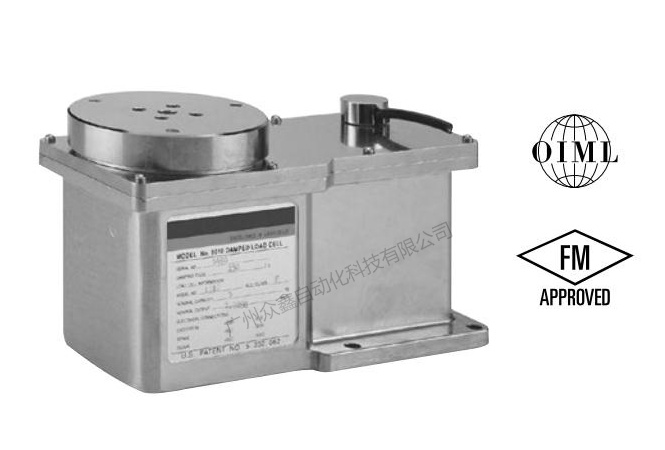push time:2023-06-26 Popularity: source:1
Tedia, USAThe 9010 weighing module is an independent weighing module designed for repeated impact loading applications or applications that require fast weighing and stabilization time, such as multi head scales, weighing scales, and other static and dynamic weighing applications with sudden or impact loading characteristics. Next, we will introduce the characteristics and advantages of the 9010 weighing module in detail.
1、 High performance dynamic weighing
The 9010 weighing module is composed of a TediaSingle point weighing sensorThe sensor is packaged in an environmentally friendly non electrolytic nickel plated aluminum shell. This module integratesLoad CellPerformance, viscous damping, adjustable weight compensation mechanism, and overload protection.
2、 Load cell
Tedia's 1010, 1040, or 1140 single point load cells can be used with the 9010 model. Standard capacity from 3 kg to 90 kg; If you need higher capacity, please consult.

3、 Prevent overload
The model 9010 is equipped with a built-in overload stop device, suitable for positive (push), negative (pull), and torsional loads. These blocks have been adjusted at the factory for each specific application.
4、 Damping
The model 9010 has a unique viscous damping technology developed and patented by Tedia, which provides:
1. Faster establishment time;
2. Higher weighing speed;
3. Load cell protection (extended working life);
4. Damping parameters are factory set for each specific application.
5、 Tare cancellation
The 9010 model has an adjustable tare cancellation mechanism that can provide up to 35kg of tare compensation (in multiple ranges). The tare offset is set by the factory, but can be adjusted by the user. This feature supports the use of low capacity weighing sensors, resulting in lower gain, lower noise, higher stability, and lower temperature drift in electronic circuits.
An example of peeling function:
Assuming an application has a static load of 5 kg and a useful load of 2 kg.
1. Do not cancel the tare weight: The total load of 5+2 is 7 kg, therefore, a weighing sensor with a capacity of at least 10 kg must be selected.
2. Tare cancellation: The tare cancellation mechanism can offset and effectively cancel a static load of 5 kg, leaving only 2 kg of load, so a capacity of 3 kg can be selected.
3. Result: By using the tare cancellation function, a capacity of 3 kg instead of 10 kg can be achieved, with a resolution and noise increase of more than three times.
6、 Load Cell Life
Due to the design and unique functions of the 9010 model, the lifespan of the weighing sensor has greatly increased.
For example, in a typical life test, an undamped load cell fails after approximately 300000 cycles.
The damping load cell showed no significant degradation over 300 million cycles. In this test, a 1010 type 10 kg load cell was used. A static load of 2.5kg is installed at a distance of 150mm from the installation center. Apply an impact of 4.5 kilograms at a speed of 8 times per second at this point.
7、 Environmental protection
The 9010 load cell is fully encapsulated in a sturdy electroless nickel plated aluminum or stainless steel casing to prevent splashing. Its environmental protection level is IP65, a special& Ldquo; Breathing valve; Rdquo; It can balance atmospheric pressure while preventing liquid splashing.
By optionally adding ventilation pipes, the protection level reaches IP66. Use built-in shut-off valve during shipment.
8、 Sedimentation time
The establishment time refers to the time elapsed from the loading time to the time when the weighing sensor signal remains within the user specified accuracy range. The establishment time is affected by the following parameters.
1. The total mass of the module and its distance from the installation center
2. Impact load characteristics
3. For optimal performance, users must specify the above parameters for each order due to changes in ambient temperature.
Sales hotline:
Miss Chen: 18520271262
Miss Xie: 18688494254
Mr. Huang: 18688492451
Working hours:
Monday to Saturday9:0018:00
